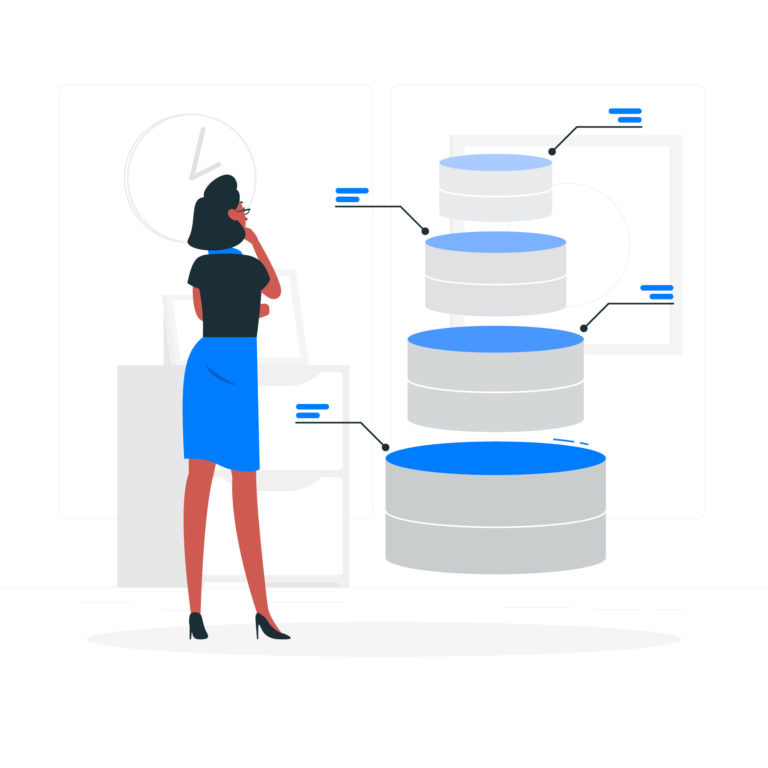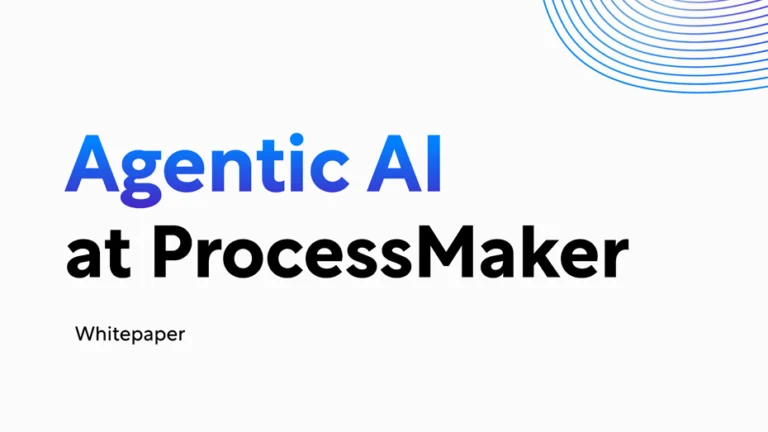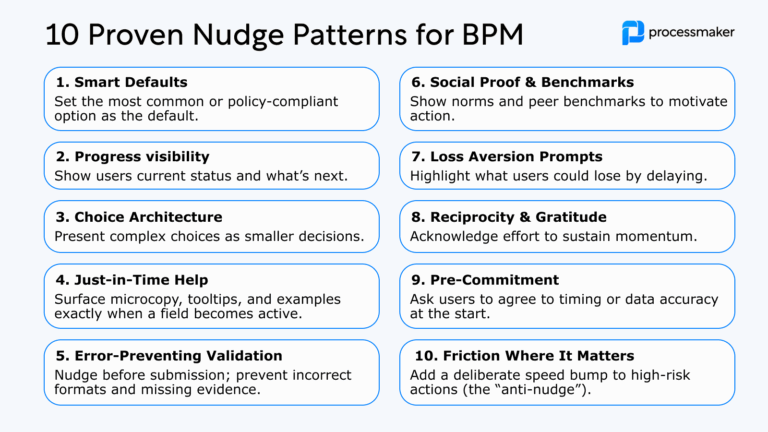Business process management software has long been helping businesses increase efficiency and decision-makers better understand the various processes that underpin operations. However, the increasing need for process automation solutions and cloud-based technologies has accelerated BPM growth, expected to reach $21 Billion by 2026. This new surge has also fueled the development for a new category of robust bpm features.
1. Cloud-based
Cloud-based Software-as-a-Services software solutions offer up-to-date and easy-to-maintain platforms that can access from a variety of devices. Cloud-based solutions also allow companies to cope with changing markets and increased competition by utilizing data and improving efficiency.
Quite simply, the best cloud-based BPM solutions are more advanced and flexible than legacy on-premise solutions. With BPM solutions, you can retool work processes to streamline and optimize everyday business processes.
Your data is stored in a centralized location and often backed-up to provide needed data protection through a cloud-based solution. Accessing data through the cloud is also easier than accessing data stored on local hardware and network systems.
Further, data can be encrypted and stored on secured hardware to increase security. You can use role-based access and conditional visibility to increase security by allowing you to control who can access what.
2. Process flow diagram
Using UI forms to gather data- Using forms, companies can gather data related to business processes. By using a clean, simple UI, it’s possible to collect and analyze data. With big data, you can study structured and unstructured data to uncover patterns.
Visual Interface defined by activities- By using expertly designed interfaces, you can explore processes and data more efficiently. It’s possible to monitor complex processes at every stage, monitoring rejections and other inputs.
Visual Interface for Business Steps- Like the previous category, this method allows users to hone in on specific business processes. If needed, users can create business process flows specifically for their business. This can deliver efficiency and streamline processes.
No modeling tools- No code tools allow people without IT skills to automate various business processes and analyze multiple processes and data sources.
3. Low-code/no-code
Finding IT talent is difficult and often expensive. Fortunately, no-code and low-code applications make it easy for non-IT people to use advanced BPM solutions. The software itself can handle backend connections and manage exceptions without any input from users needed.
Even those companies with expansive IT departments will benefit from no-code and low-code solutions. If users can service themselves, they’ll be less likely to overwhelm your IT department with requests.
Business users will benefit from using solutions themselves to get the data and information they need on-demand. This will increase speed and flexibility and reduce bottlenecks, allowing business users and companies to leverage data better.
Further, through using tools, business users may develop a better understanding of the processes themselves. Many employees will be self-motivated to learn how to use low-code and no-code tools as it’ll advance their career and build out their skill sets. Learning to use the right tools may lead to promotions, raises, and new career opportunities.
4. Collaboration BPM features
The right BPM tools empower individual workers and allow for effective collaboration through the use of responsive software applications. This is especially true regarding cloud-based BPM solutions, which can make it possible for employees the world over to collaborate. So long as the employee can access the Internet, they can access your tools and data.
Some BPM platforms even offer built-in web portal presentation platforms. These environments are highly secured, offer controllable access and also advanced version control. These presentation systems are often designed with business users in mind and provide intuitive tools and user interfaces.
5. Process analytics data and process performance
BPM software enables data-driven decisions not just for process automation but also for product development and other functions. Business process management software makes projects easier to manage and provides clarity for both workers and managers. As products are developed, management can track progress for every stage of your project. If delays or bottlenecks arise, BPM solutions make it easier to identify and mitigate issues.
Further, BPM software makes it easier for managers to analyze workers and their individual qualities. Those workers who can drive projects forward even in the face of potential challenges will become more visible and easier to identify. With this information in hand, management can craft better product development strategies.
Employee evaluation is also helpful for your human resources department. BPM software can provide factual data that measures employees, their efforts, and their successes and short-comings. With this information in hand, companies may be able to increase employee productivity.
6. API and connector integrations
An Application Programming Interface, or API for short, is a connector, translator, and enabler of rapid communication and connectivity. These small code packages make it easy to connect internal applications (such as data) to external applications offered by other organizations. In effect, APIs allow you to securely pass data between programs that otherwise would have difficulty interacting.
Through APIs, different software platforms and data repositories can talk to each other. If you want to use an external Artificial Intelligence tool to analyze your big data, APIs will make it possible for an external AI solution to connect with your data.
APIs can be developed in-house specifically to handle your data and systems. Further, some companies offer APIs that allow you to connect with their data and services, allowing you to gather actionable information from external organizations.
Ultimately, API integrations increase connectivity between data and systems. For example, if you use mapping software for real-time directions, an API may be feeding your GPS location to the software provider, who in turn will send back suggestions in real-time.
7. Role-based user access control
Given corporate espionage, hackers, and other security risks, cybersecurity is critical. While collecting all of your data in one place allows for easy access and collaboration, some worry that it could also make companies and their data more vulnerable to attack.
Fortunately, many top-notch BPM solution providers use encryption and other advanced methods to protect corporate data. Another powerful feature offered by some but not all BPM solution providers is granular user access control.
With user access control, you can set up who can access what data and which tools. You can also set administrators and determine who can make changes and modify tools. When it comes to reports and data analysis, you can restrict access based on “need to know.” The same is true for workflow data editing. With the right BPM solution, access is limited to authorized users.
Through documentation and logs, you can also increase accountability while also maintaining privacy. Remember, not all BPM software platforms provide granular access and control.
8. Admin BPM features
Robust BPM solutions put you -the administrator- in charge. When selecting a BPM platform, you’ll want to choose a solution that offers the following control features:
- Ability to create and manage users and user groups
- Easily manage access requests
- Set global preferences for time, currency, etc.
- Restrict and grant access to processes and various data sources
- Ability to delete individual items
- Features to enable an easy API integration
- Send an email and push communications to relevant parties
- Delegate tasks as needed
On top of the above basic controls, excellent business process management solutions also offer administrators a wide variety of tools to manage, analyze, and modify data. Useful features include:
- Ability to create and edit forms and workflow processes
- Permission to grant data viewing and access as needed
- Ability to create a master data set outside of processes
- Generate reports from collected data
- Export data
In addition to the above, you’ll also want to work with a service provider that provides direct and easy billing support and excellent customer service.
In summary
The right Business Process Management software solutions can increase efficiency, empower workers, and help companies compete in intensely competitive markets. Still, not all BPM solutions are equal, and you should choose feature-rich BPM solutions that are easy to use, secure, and flexible enough to meet a range of business needs.





